The Smart Homeowner’s Renovation
Nick Parisi of Buildable reveals his expert tips and observations
Thank you for reading—your support means a lot. A huge thank you to Nick for sharing his time and insights—his perspective on renovations really stood out!
Since our last conversation with Nick, he’s expanded his work to include renovations, in addition to custom builds. He shares insights into the differences between the two, the challenges of working with older homes, and current design trends he’s seeing.
What’s the opportunity and challenge with a fixer-upper?
In high-demand markets like LA or Orange County, or anywhere really, having the budget to build or buy a new home is increasingly a challenge. Fixer-uppers can be a smart choice, often selling for 15-20% less, offering instant equity and customization. But the real challenge is knowing how to assess these homes.
With custom builds, the best values lie with the least problematic land that aligns with your vision and managing costs, the same applies to renovation. However, most homeowners will never be able to identify the issues that might arise or be able to project costs when it comes to renovating an old home. Nor will you get this information from a contractor.
Besides the obvious, how is renovating different than building a custom home?
Each path has its own considerations, but understanding these differences can help you decide which is the right option.
Land vs. Property:
With a custom home you're dealing with things related to land itself such as zoning, regulations and utilities. It can get complicated and even small hurdles can slow you down. Renovation is about weighing what you can change, the price of the changes, and making sure your upgrades will pay off. Our advice is buy low and plan your renovations wisely to ensure you’re getting the best value.
Creativity—Shaping Existing Spaces
Building gives you a blank canvas. When you’re renovating, while you have room for creativity, you're limited by the space. We like to focus on kitchens and bathrooms first because they play a crucial role in both daily living and the home’s value. While it's easy to envision the perfect kitchen, the real challenge here is adapting your vision to fit within the existing structure while managing costs.
Whether you’re building or renovating, it’s about finding what works for your timeline, budget, your vision. The key is carefully evaluating the up front, so you can avoid surprises later.
What’s the best choice? Is it DIY with a contractor or hiring a partner?
DIY renovations can seem cost-effective, but working with experts like Buildable can come with certain advantages. Many homeowners will get a lowball contractor estimate—only to see costs skyrocket once the project starts. A good general contractor won’t provide an accurate estimate without detailed plans, and they won’t open up walls before you commit. That means hidden issues can become expensive surprises.
A key advantage with an expert is the upfront evaluation. For example, from experience we know the typical challenges older properties present. We can estimate the cost of repairs, determine if the issues are easily fixable or require more intensive work, and help you identify the homes that have the highest potential for return. Also with Buildable in particular, you can secure a construction loan covering both the home and the renovations, with 20% down instead of juggling separate financing.
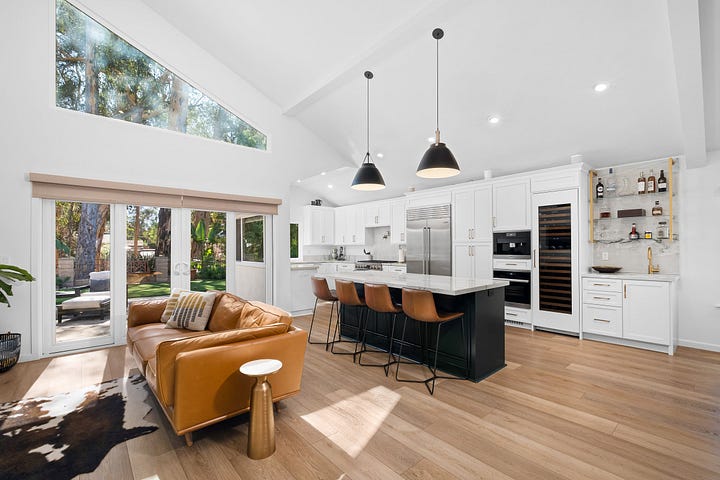
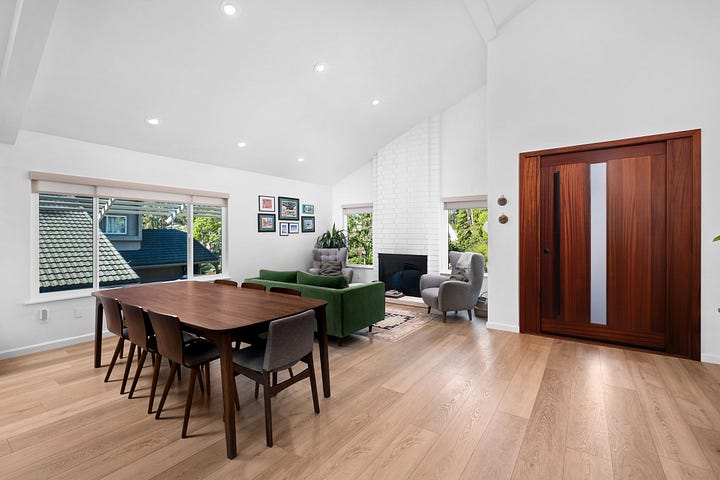

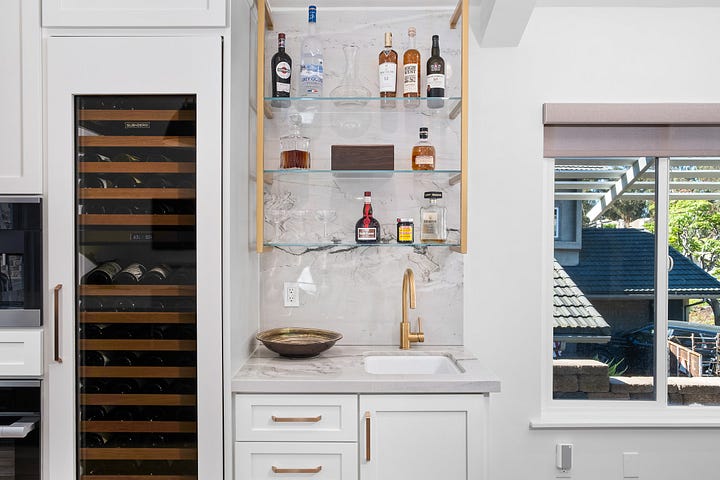
What are some common pitfalls you’ve seen homeowners encounter when taking on renovation projects themselves?
The biggest pitfall: miscalculating costs
Many homeowners overpay for a fixer, thinking they’re getting a deal, only to realize too late that hidden problems—like a failing roof, mold, or severe plumbing damage—push them way over budget. These underlying issues often go unnoticed in standard inspections.
Contractor estimates: the sticker shock later
Rough contractor estimates can be dangerously misleading. Homeowners often rely on ballpark figures, only to experience sticker shock when real bids and change orders come in much higher. Without detailed cost breakdowns upfront for predictable issues, a budget can spiral out of control fast.
DIY management risks: delays, bad hires & permitting nightmares
Managing a renovation without experience can lead to hiring the wrong contractor—someone great at plumbing may not be good at full-home remodels—causing delays, budget overruns, or shoddy work that needs fixing later. Worse, if a home has unpermitted renovations, the city may require costly corrections or even demolition, adding months and unexpected costs to the project.
RenoQueen: I’ve sometimes observed contractors aren’t truthful about their expertise because they want the job. Then later you find out they have never done the work before. And with older homes, a contractor may not have the experience or the skilled workers who can restore a period house properly.
Could you outline some of the long-term benefits that come from opting for a professionally managed renovation over a DIY approach?
A professionally managed renovation offers long-term benefits in quality, value, and peace of mind. The right expert brings experience, high-quality materials, and code-compliant work, avoiding hidden mistakes that DIY projects often miss—mistakes that can lead to costly issues later. Value isn’t just about cost—it’s about return. While DIY seems cheaper upfront, unexpected problems and rework can drive costs higher.
What’s the strangest or most surprising thing you’ve discovered hidden inside a home during a renovation?
Ha. Nothing surprises me anymore. That said, I do enjoy a message from the past!
How do you blend modern updates with the existing character of a home during renovations?
Honoring the Home’s Character
A great renovation always respects the property's unique character. For a 1980s tract home, a gut renovation might be the best move, but with historic, mid-century homes, or those with distinctive architectural features, it’s about preserving these.
Balancing the Old and the New
Older homes often have original hardwood floors, exposed beams, or vintage tiles—features that add authenticity that new materials can’t replicate. A successful renovation strikes a balance between old-world charm and modern convenience to make it feel unique yet functional for modern living.
What are some hidden costs or challenges in home renovations?
When renovating, the biggest surprises are often behind walls, ceilings, and floors—only revealing themselves once work begins. Here are some unexpected issues
Hidden Structural Problems
Foundation cracks, rotting beams, or a damaged roof often stay hidden until you start tearing into walls or floors. These can be expensive.
Outdated or Hazardous Materials
Hidden asbestos, lead paint, or old electrical wiring may require costly remediation.
Permit and Code Compliance Costs
Older homes often don’t meet current codes, requiring unexpected upgrades to pass inspections.
Design Changes
Once walls come down, your original vision might need adjustments, increasing costs.
Delays from Hidden Issues
Unforeseen issues like structural weaknesses or outdated systems can push timelines and budgets.
Upgrading Behind-the-Walls Systems
Electrical, plumbing, and HVAC systems often need upgrades, especially in older homes. These hidden issues won’t show up until you begin opening up the walls.
Finishing Touches
Trim, paint, and hardware might seem minor but can quickly inflate the final bill.
Budget conservatively and build in a contingency fund. Not everything needs to be fixed immediately—prioritize what adds the most value and plan for phased updates when needed. A clear strategy helps you stay on track while making smart, cost-effective choices.
How do you assess homes for renovation, and how do you tailor each project to its owner’s needs?
1. Initial Assessment: The Essentials
We start with a thorough checklist to assess the home's condition—water damage, electrical issues, structural integrity, past permits, and the quality of prior repairs. DIY fixes are red flags, so we factor in potential hidden issues when estimating costs.
2. Market Assessment
Next, we look at comparable homes in the area—both in their fixer state and fully renovated. This helps us understand the price gap, appraise the property’s value, and ensure we’re making a strategic offer. We focus on homes priced in the 25th percentile or below to leave room for renovation.
3. In-Depth Property Review
Once the offer is accepted, we conduct a full review, often bringing in several subcontractors to inspect key systems. Multiple perspectives ensure we capture every hidden concern and plan for repairs.
4. Aligning Vision with Budget
We then sit down with the client to align on their must-haves, wants, and nice-to-haves. Based on these priorities, we build a clear, realistic budget that covers both the purchase price and renovation costs.
5. Delivering Maximum Value
With the budget set, we prioritize tasks to keep the project on track. This ensures that we deliver the best outcome for the homeowner, balancing quality, timing, and value.
How has your background shaped your approach to renovations?
In custom home building, it’s not just about creating a house—it’s about understanding what the client wants, even when they’re not sure themselves. Some clients are clear on their vision; others need guidance to bring it to life.
Renovations are tricky because it’s about getting the client’s vision right within the constraints of the structure and existing conditions. Time is tight, decisions come fast, and the key is knowing when to push and when to listen. It’s about reading between the lines, anticipating what clients might not even know they need, and making a house feel like home—only better.
What renovation trends are you seeing?
I attend the Builder Show (IBS) each year to stay on top of emerging trends, and here’s what I’m seeing in San Diego:
Smart Homes: AI-powered systems for HVAC, water management, and automation are making full home management the norm.
RenoQueen: Virtual reality (VR) and artificial intelligence (AI) can now create digital models of buildings, allowing engineers to simulate HVAC performance, predict energy usage, and optimize systems for efficiency and comfort.Color & Design: Matte black, deep greens, and warm metallics are replacing millennial gray, with organic textures and wood-metal finishes.


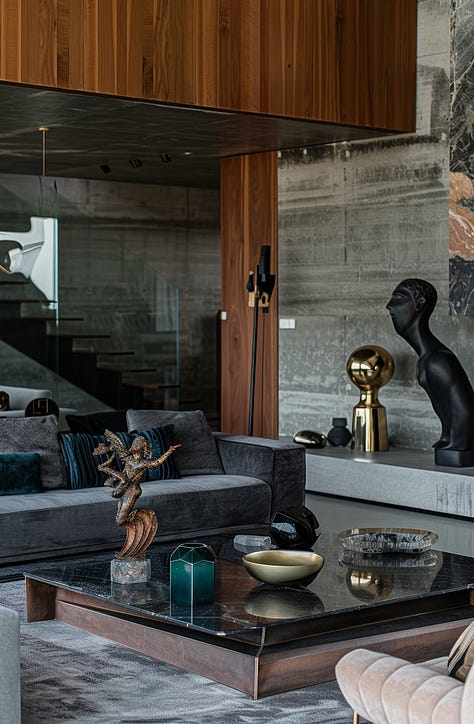
Retro Design: Vintage bathroom aesthetics, like pink tiles and wallpaper that used to get ripped out, are back in style.



Electric Appliances: Gas is out, and electric technology is advancing. 3D-projection fireplaces and induction cooktops are taking over. Electric water heating is evolving but will be the future due to governmental regulations
Natural Material Alternatives: With stricter regulations, fire-resistant fiber cement siding and resin composite veneers are becoming popular, as they are lower maintenance and realistic looking alternatives.
Locally, the trend is also shifting toward fire protection and water shut-off systems to reduce insurance costs.
What advice would you give homeowners who are just starting their renovation journey?
Renovating a home is a big decision, one that will impact both your lifestyle and long-term value. To ensure you add lasting value, here’s my advice:
Set a Budget and Stick to It – It’s easy to get caught up in the excitement, but a clear budget helps you make smart financial decisions without overspending.
Prioritize Functionality Over Flash – Focus on improving layout and livability, not just high-end finishes. A well-designed home adds more value than one full of surface-level upgrades.
Quality Matters – The lowest bid isn’t always the best. Invest in trusted professionals who deliver quality work, as cutting corners now can lead to expensive repairs down the road.
Ultimately, a home is more than a project—it’s where you live and invest for the future. Plan wisely, invest where it counts, and make it a space you truly love.
Know someone in California who'd enjoy this or is looking for their next home.
Feel free to share—I’d really appreciate it! If you enjoyed the post or have had a related experience, please leave a comment. Thank you!
Find Nick at simplybuildable.com or nick@simplybuildable.com.
Buildable is a San Diego-based custom home builder that assists clients in finding land or fixer-uppers, designing personalized homes, and managing the construction process to ensure a smooth and efficient experience. Their comprehensive approach aims to minimize stress and maximize value by guiding clients through every step of creating their dream home.
Related content
Convo With Nick Parisi, CEO, Buildable
During my renovation, I lost contact with former colleagues like Nick. I reconnected with him to learn about Buildable, a custom home company he started in San Diego. Building a home in California is different than NY or other states but there are similar aspects i.e regulations, design process or permits that one needs to understand otherwise it can tu…








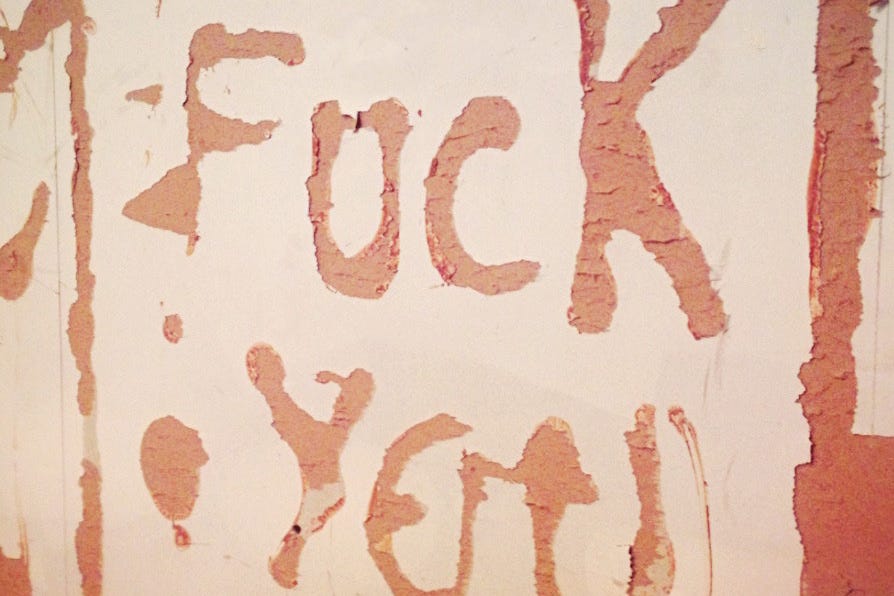



a lot of this resonated in my experience w/ my home in Sicily. Definitely have to be creative with the space (not knocking down any walls to make a larger bathroom) and respecting the history of the place. For example, the floor tiles are 100 years old - but - they're not beautiful patterned floor tiles that are common in Italy. Just ordinary, mismatched historic tile. We're taking it up in our bathroom and replacing with travertine - which is what the stairway is (best as we can tell), but in other rooms... not sure. Here, unlike in the States, and also b/c of the cost, everything is slowly slowly, one project at a time!